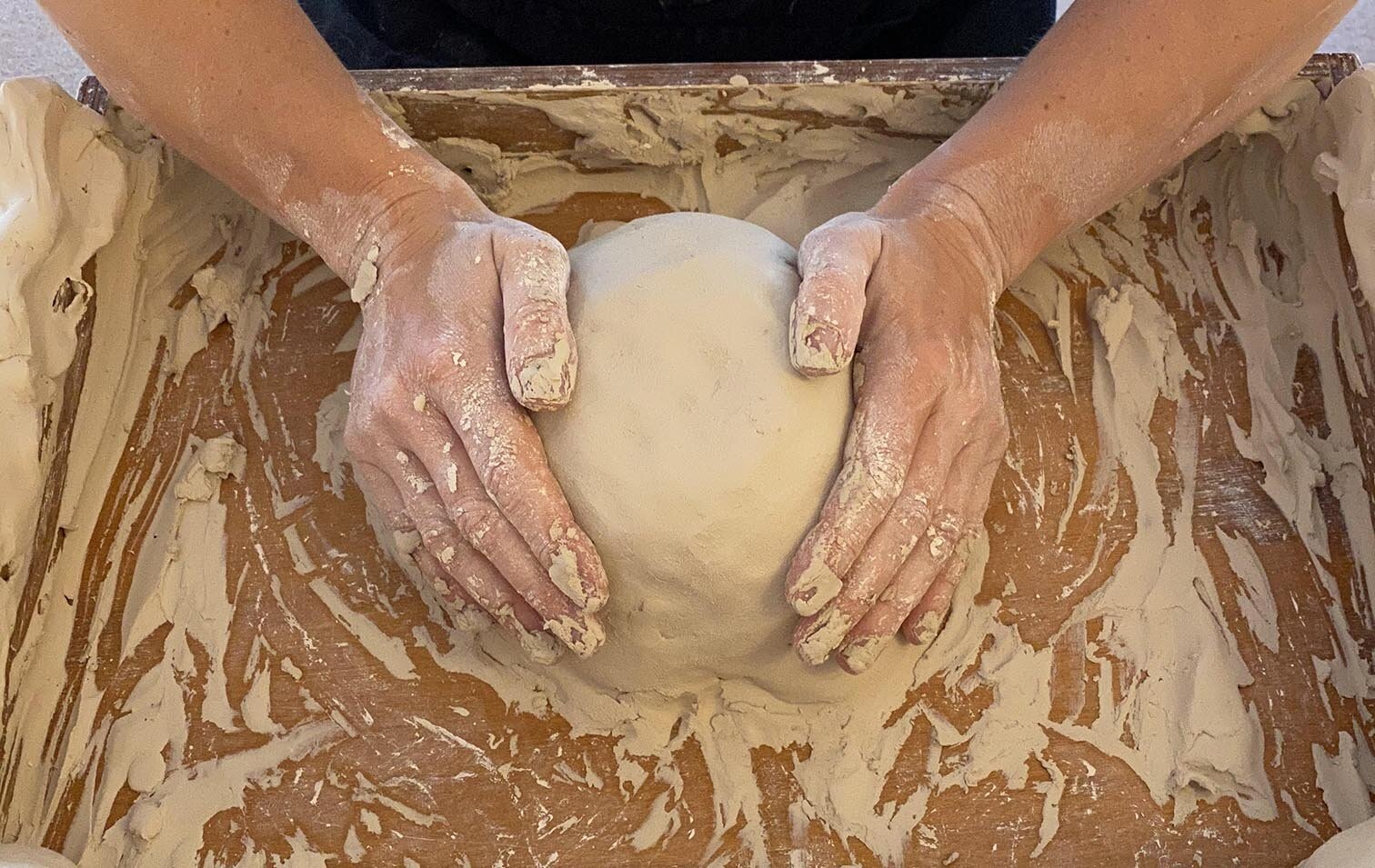The Trauma Therapist Project guest host series presents this interview with Cornelia Elbrecht interviewing Sabâ Başoğlu on Clay Field Therapy.
Read MoreFor the last several years Guy Macpherson has dedicated himself to the study of trauma, post-traumatic growth, and most recently, the intersection of trauma and psychosis - specifically assessing and treating signs of early psychosis. He holds a Doctorate in clinical psychology and with The Trauma Therapist Project brings together resources for clinicians and therapist of all kinds who are starting out on their trauma-informed journey.
In this interview Cornelia Elbrecht and Guy Macpherson discuss the hands-brain connection and how at the Clay Field we are able to treat early developmental trauma through an inter-relational touch experience.
Read MoreThe Philosopher Husserl (1931) formulated phenomenology as a theoretical construct. His interest was to learn what the direct experience of the person is and what meaning they attach to their experience. Husserl recognised that reality is always played out in the present tense, not the past and not the future. That if access is gained to sensory input of a person’s original experience in the here and now, then we would be able to view that person’s subjective reality. By substituting ‘how’ and ‘what’ questions instead of ‘why’ questions he posited that we could avoid interpretation and explanation; rather to be open and aware of the given data and see the client as he is and ‘what is happening right now?’
The study of phenomenology has evolved from the theoretical construct of Husserl (1931) with more ongoing developments in both physical sciences and social sciences (Van De Reit, 2001). The phenomenology of today is a sensory based moment to moment process that is uniquely my own as I interact with and I am impacted by the wider field in the here and now. At the Clay Field this plays out in every session. This interest, curiosity and tracking of my client’s experience in the Clay Field in the here and now supports to deepen the awareness and experience of their reality. There are moments when as a therapist I silently retract, giving minimal encouragement to the client’s action patterns in the clay and as they explore the field...
The Black Madonna is a powerful symbol of the woman as divine. She represents the archetype of the wise old woman, a conveyor of ancient wisdom.
Read MoreChildren arriving in a new space need to orient to feel safe in the environment. Children literally need to connect to themselves, then their relationship with others and then the environment (Elbrecht, 2012).
Young children are not in charge of their lives and they do not often get a choice when they are presented to therapy. They enter a strange space and are then asked to follow instructions with someone they have not met before. This can be very overwhelming as children take in the whole situation as one stimuli: that is you, your energy, your room and all the other activities that you offer (Elbrecht, 2012, p.272; Winnicott, 1964).
Read MoreCrossing the midline is an indicator of bilateral coordination, meaning the ability to use both sides of the body at the same time. The Neuro Sequential Model (NMT) (Perry, 2005) recommends repetitive activities that target both hemispheres of the brain. The bilateral stimulation allows for the left and right hemispheres of the brain to increase communication through the unifying brain structure of the Corpus Callosum. This allows the client to rely on both hemispheres of the brain equally. This action according to the NMT allows the brain to reorganise itself and to therefore continue to develop from where the interruption began...
Read More




